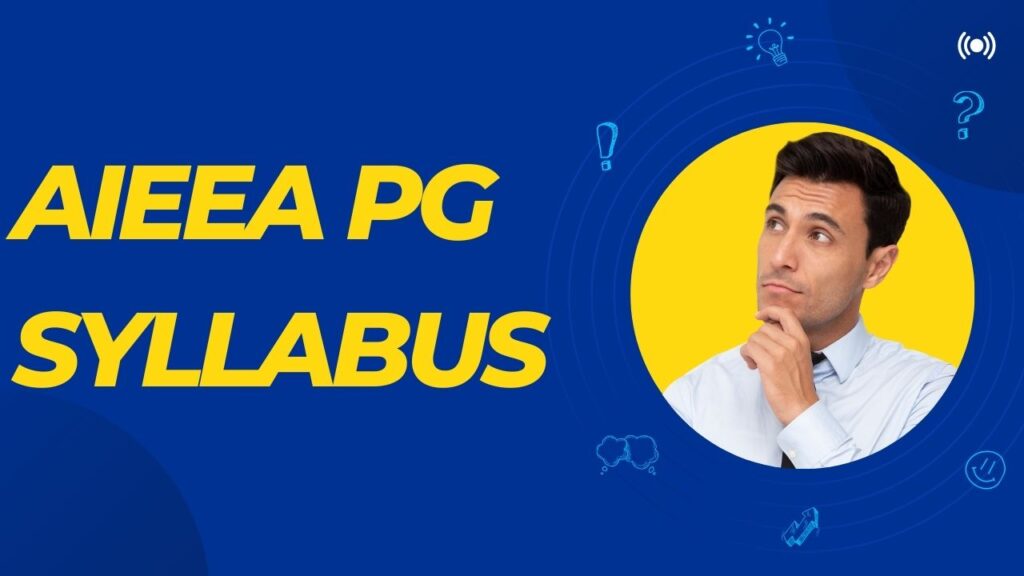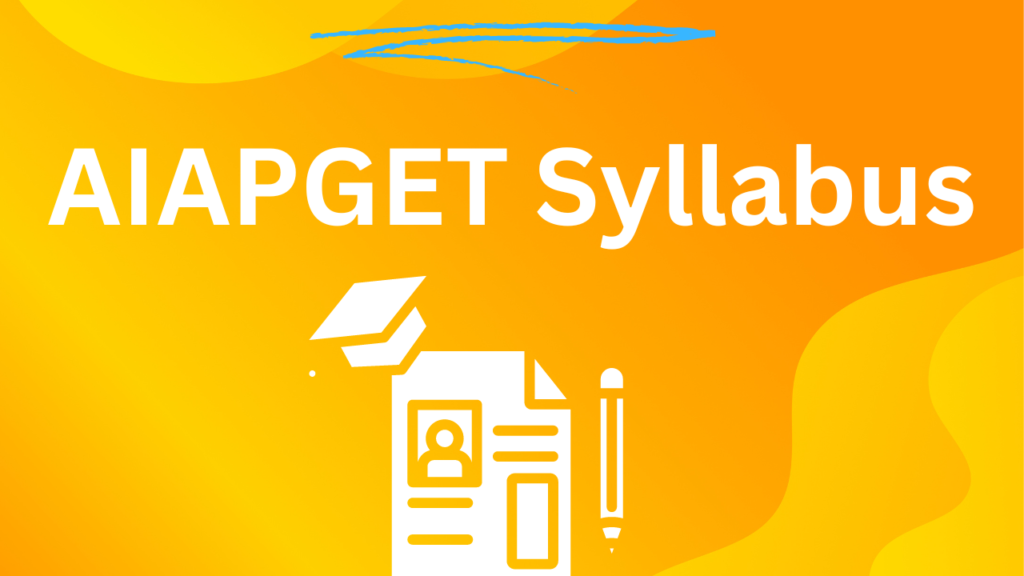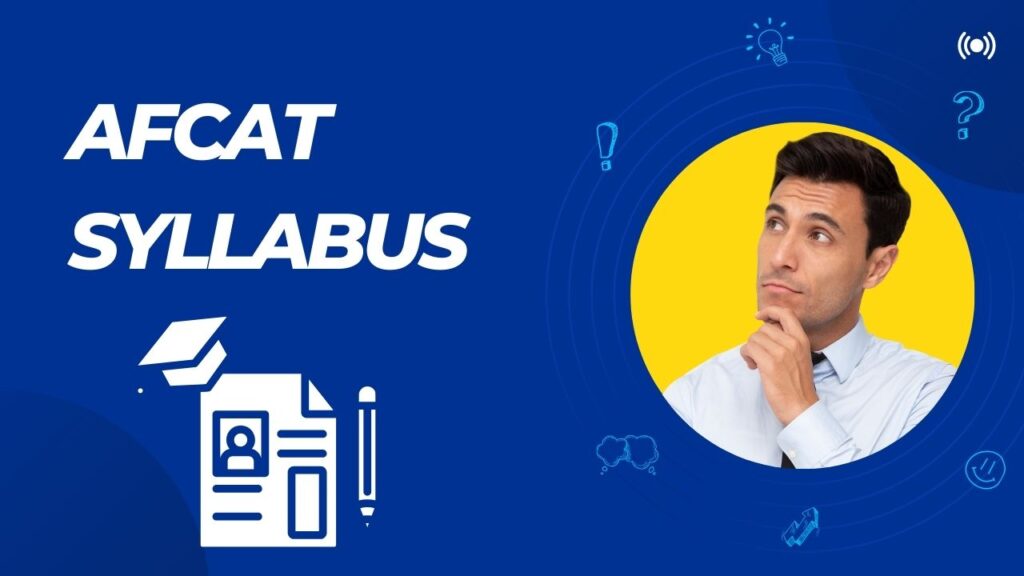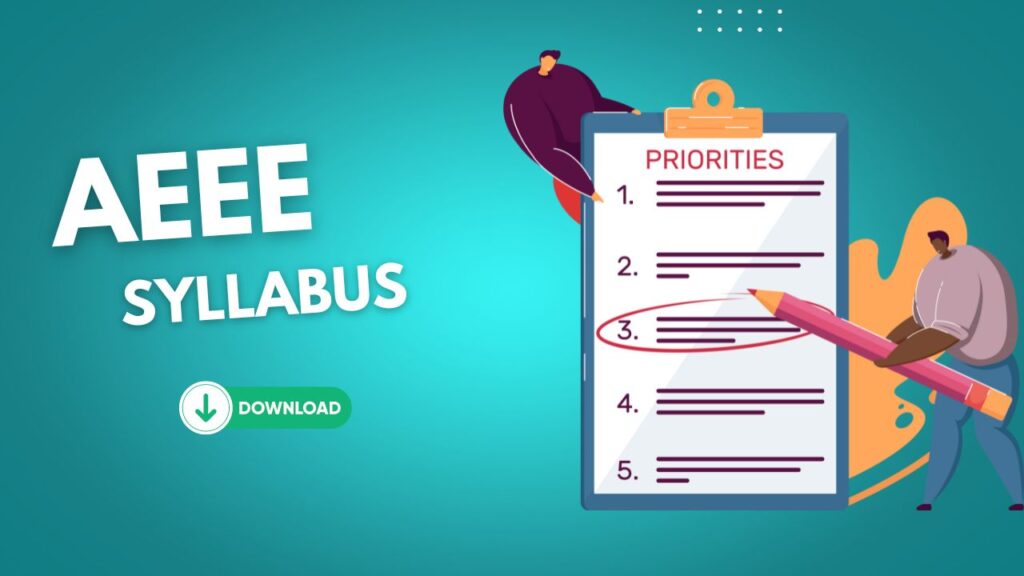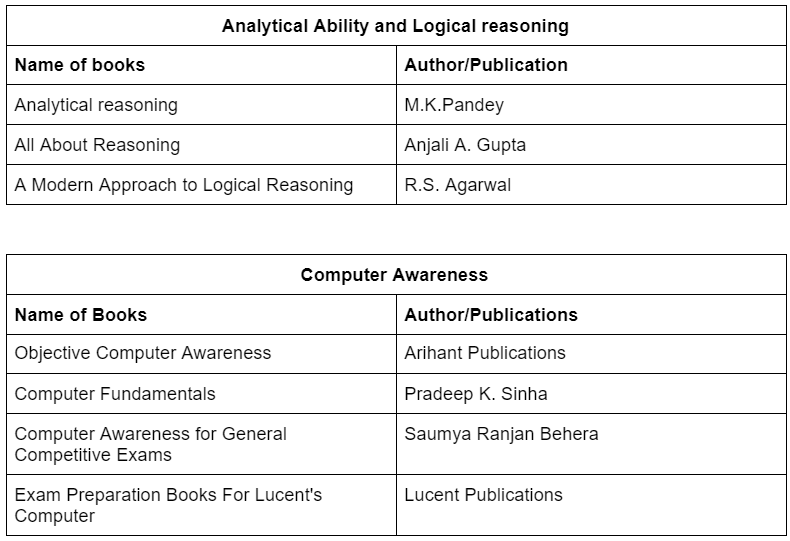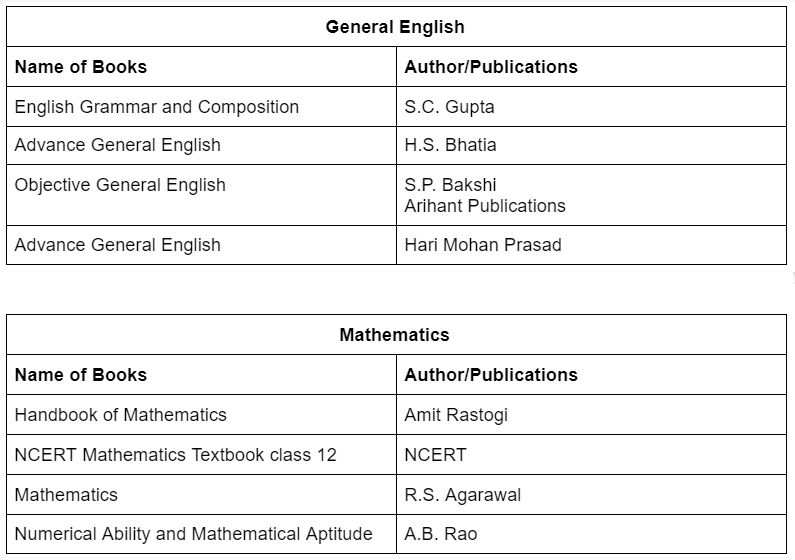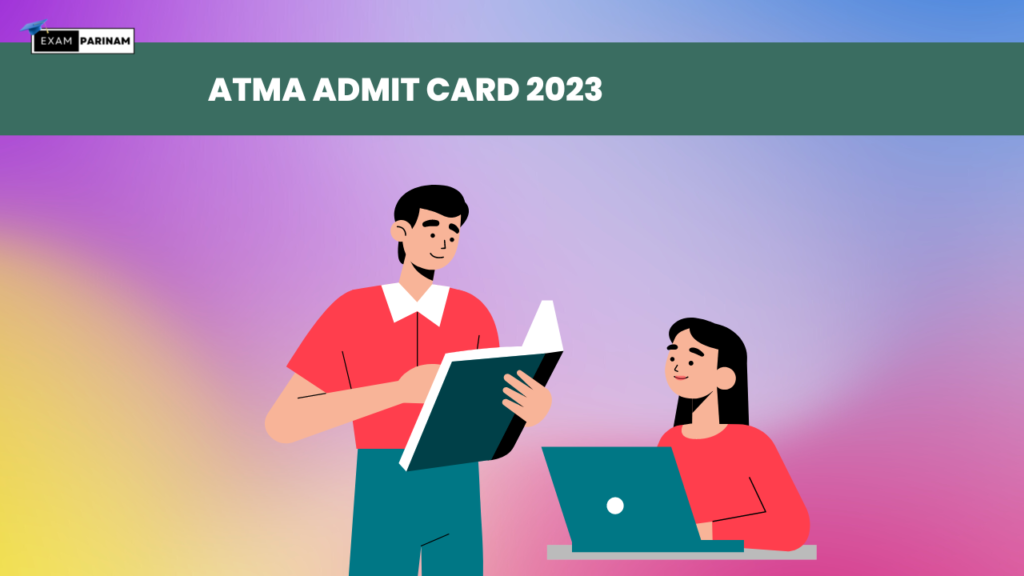AIEEA UG Syllabus-AIEEA UG Syllabus download in PDF
AIEEA UG Syllabus
AIEEA UG Syllabus: Comprehensive Guide to the Undergraduate Entrance Exam
Introduction to AIEEA UG
Aspiring students looking to get into any of the agricultural institutes in India must pass the All India Entrance Examination for Agriculture Undergraduate (AIEEA UG). The AIEEA UG curriculum is carefully crafted to assess a candidate’s proficiency in areas essential to agricultural sciences. Students may better prepare for the test with the aid of this guide, which offers a full description of the material.
Overview of AIEEA UG Exam Structure
The AIEEA UG exam is structured to assess candidates in three major sections:
- Physics
- Chemistry
- Biology/Mathematics
Every segment is intended to assess the applicant’s comprehension of basic ideas and how they apply them in practical situations. Multiple-choice questions make up the test, and in order to score well, students must comprehend the breadth and depth of each topic.
Detailed Breakdown of the AIEEA UG Syllabus
Physics
The AIEEA UG exam’s Physics portion includes a wide range of subjects. It is required of candidates to possess a thorough comprehension of both theoretical and practical elements. Here’s a thorough explanation:
- Kinematics: Motion in one dimension, projectile motion, relative motion.
- Dynamics: Laws of motion, friction, circular motion.
- Work, Energy, and Power: Work done by a force, kinetic and potential energy, conservation of energy.
- Gravitation: Universal law of gravitation, acceleration due to gravity, satellite motion.
- Properties of Bulk Matter: Mechanical properties, elasticity, fluid mechanics.
- Thermodynamics: Laws of thermodynamics, heat engines, entropy.
- Oscillations and Waves: Simple harmonic motion, wave motion, sound waves.
- Electrostatics: Coulomb’s law, electric field, potential, capacitors.
- Current Electricity: Ohm’s law, Kirchhoff’s laws, electrical circuits.
- Magnetism and Electromagnetic Induction: Magnetic fields, Faraday’s law, Lenz’s law.
- Electromagnetic Waves: Properties, spectrum, applications.
Chemistry
The Chemistry section tests candidates on their knowledge of both physical and organic chemistry, including:
- Some Basic Concepts of Chemistry: Atomic structure, mole concept, chemical reactions.
- Structure of Atom: Quantum numbers, electronic configuration.
- Classification of Elements and Periodicity in Properties: Periodic table, periodic properties.
- Chemical Bonding and Molecular Structure: Types of bonds, molecular orbital theory.
- States of Matter: Gas laws, liquid state, solid state.
- Thermodynamics: Enthalpy, entropy, Gibbs free energy.
- Equilibrium: Chemical and ionic equilibrium, Le Chatelier’s principle.
- Redox Reactions: Oxidation and reduction, balancing redox equations.
- Hydrogen: Isotopes, properties, and uses of hydrogen.
- s-Block Element: Properties and uses of alkali and alkaline earth metals.
- Some p-Block Elements: Properties and uses of elements in p-block.
- Organic Chemistry: Hydrocarbons, functional groups, reaction mechanisms.
- Environmental Chemistry: Pollution, waste management, green chemistry.
Biology
For students opting for Biology, the syllabus includes an extensive array of topics:
- Diversity in Living World: Classification, plant and animal kingdoms, biodiversity.
- Structural Organisation in Animals and Plants: Morphology, anatomy, and physiology of plants and animals.
- Cell Structure and Function: Cell theory, cell organelles, cell division.
- Plant Physiology: Photosynthesis, respiration, transpiration.
- Human Physiology: Digestive, respiratory, circulatory, and excretory systems.
Mathematics
For candidates choosing Mathematics, the syllabus encompasses a range of fundamental topics:
- Algebra: Sets, relations, functions, matrices, determinants.
- Trigonometry: Trigonometric functions, identities, equations.
- Coordinate Geometry: Straight lines, circles, conic sections.
- Calculus: Limits, derivatives, integrals, applications of calculus.
- Vectors: Vector algebra, scalar and vector products.
- Statistics and Probability: Mean, median, mode, probability distributions.
Preparation Tips for AIEEA UG
- Understand the Syllabus: Familiarize yourself with the detailed syllabus to identify key areas of focus.
- Create a Study Plan: Allocate specific time slots for each subject, ensuring you cover all topics.
- Practice Regularly: Solve past year’s question papers and take mock tests to gauge your preparation level.
- Refer to Standard Books: Use recommended textbooks and study materials that align with the AIEEA UG syllabus.
- Seek Help When Needed: Don’t hesitate to ask for help from teachers or join coaching classes if necessary.
Conclusion
To do well on the test, you need to have a good idea of the AIEEA UG course. By breaking the course up into doable chunks and sticking to an organised study plan, candidates can get better prepared and increase their chances of getting into top farming universities.
AIEEA UG Syllabus
AIEEA UG syllabus
AIEEA UG Syllabus-AIEEA UG Syllabus download in PDF Read More »



